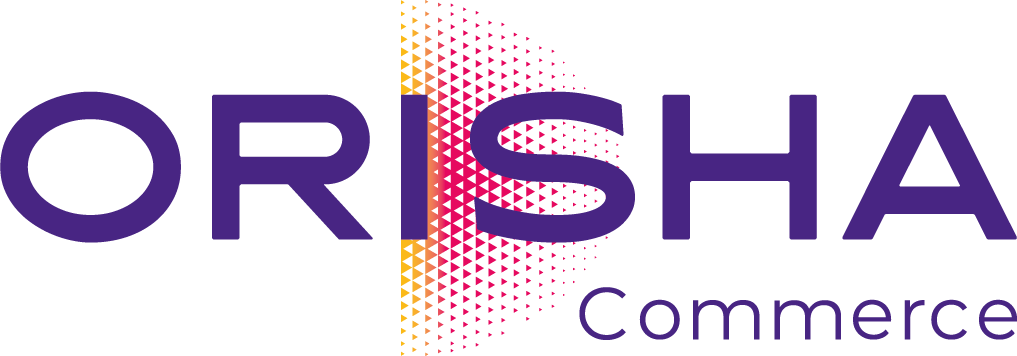Revised EPI standards for sports: obligations for rental companies in 2025

Personal Protective Equipment for Sports and Leisure (EPI-SL) is subject to stringent legal standards guided by both European Regulations and the Sports Code. These equipments must meet precise norms and undergo proper maintenance, particularly when provided for rental. So, what are the obligations and requirements for rental companies in 2025?
Legal framework 2025
Personal Protective Equipment (EPI) is governed by Regulation (EU) 2016/425, establishing minimum safety standards for all protective gear sold within the European Union. This regulation encompasses equipment used in workplaces (such as professional clothing, safety shoes, and employer-provided gear) as well as those used in sports and leisure activities.
Within this framework, EPIs for sports are referred to as EPI-SL (Personal Protective Equipment for Sports and Leisure). These products must adhere to the following requirements:
- Display the CE marking to confirm conformity;
- Include an EU declaration of conformity accessible to regulatory authorities;
- Be categorized into I, II, or III based on the risk level (from minimal to serious);
- Fulfill availability requirements (technical documentation, user instructions, and safety standards).
In France, EPI-SL falls under the jurisdiction of the Sports Code, specifically Article R322-27, which includes a detailed list of protective equipment as outlined in Appendix III-3, identifying all pertinent materials.
The groundwork was established by European Directive 89/686/EEC, which was incorporated into French law through decree No. 96-495 on June 4, 1996, regarding the marketing of EPIs.
Standards by application
Skiing
In alpine skiing and snowboarding, two types of EPIs are subject to specific European and French standards:
Ski and snowboard helmets
The standard EN 1077:2007 outlines safety and performance criteria for two protection types (category A and category B). In France, this standard is recognized as NF EN 1077.
Masks (eye protection)
The former standard EN 174:2001 has been superseded by EN ISO 18527-1:2021, which revises the requirements for solar radiation protection, impact resistance, and product durability.
Cycling
For cycling, as well as for skateboard and roller users, the reference standard is EN 1078:2012+A1:2012. It establishes requirements for the design, manufacturing, and performance of helmets. In France, this standard corresponds to NF EN 1078+A1.
A new standard, EN 17950, is currently being developed and expected by 2025. This standard will integrate tests for rotational impacts to better address brain injuries caused by oblique impacts.
Understanding data in specialist stores
Other EPI-SL: harnesses, protections…
Numerous other protective equipment for sports and leisure activities are regulated. These include:
- Climbing and mountaineering harnesses adhering to specific standards (e.g., EN 12277 for climbing and mountaineering harnesses);
- Dynamic and semi-static ropes for use in mountaineering or caving;
- Belaying and connection systems (carabiners, connectors, lanyards);
- Various body protections (back protectors, impact protectors).
The comprehensive list of applicable protective equipment can be found in Appendix III-3 of Article R322-27 of the Sports Code. It details the equipment classified as EPI-SL, listing the regulatory requirements for each discipline.
EPI-SL Standards – Update 2025
- Skiing: Helmets must comply with EN 1077:2007 and ski masks with EN ISO 18527-1:2021.
- Cycling: Helmets must comply with EN 1078:2012+A1:2012, with EN 17950 expected in 2025.
- Legal framework: Regulation (EU) 2016/425 and Sports Code R322-27 & Appendix III-3.
Obligations for rental companies
As a rental company, you act as a provider of second-hand EPI-SL and must comply with the requirements of Regulation (EU) 2016/425:
Regulatory compliance: Each protective equipment must display the CE marking and be accompanied by an EU declaration of conformity. You must ensure the EPI adheres to the manufacturer’s guidelines before re-renting.
- Traceability: Maintain a register for all equipment, including an individual life sheet for each item (manufacture date, purchase date, maximum usage duration, maintenance activities).
- Periodic checks: Conduct at least one thorough annual maintenance and record any events affecting the equipment (addition of accessories, marking, impact, repair).
- Criteria for reform: Remove an EPI from service if its maximum usage duration is exceeded, a safety defect is found, or the manufacturer advises removal.
- User information: Provide the manufacturer’s user and maintenance manual to customers.
During a DGCCRF inspection, this register must be current and accessible on-site. Each life sheet must be retained by the company for at least three years following the equipment’s retirement or removal from stock.
As per the decree of December 21, 2016, helmets are mandatory for cyclists under 12 years old. The safety gear must be fastened and comply with existing standards.

Additional insights: Increase store traffic: 5 tips to enhance your offering
Managing an EPI-SL inventory in 10 steps
To help rental companies secure their operations and comply with legal requirements, here’s a practical 10-point checklist:
- Verify the presence of the CE marking.
- Retain the EU declaration of conformity.
- Keep an individual life sheet for each protective equipment.
- Follow the manufacturer’s maximum usage guidelines.
- Perform a visual check before each rental.
- Conduct comprehensive annual maintenance.
- Document all incidents, impacts, or modifications in the register.
- Assign a qualified referent for managing EPI-SL.
- Provide the user manual to the customer during rental.
- Archive each life sheet for three years post-reform or stock removal.
-
Summary table: EPI-SL checks by activity
Activity
Equipment
Applicable standard
Proof to retain
Inspection frequency
Skiing / Snowboarding
Helmet
EN 1077 (class A/B)
EU declaration + life sheet
Annual + before each use
Skiing / Snowboarding
Protective mask
EN ISO 18527-1
EU declaration + life sheet
Annual + before each use
Cycling / Mountain biking
Helmet
EN 1078 (EN 17950 upcoming)
EU declaration + life sheet
Annual + before each use
Climbing / Mountaineering
Harness
EN 12277
EU declaration + life sheet
Annual + before each use
FAQ
What standard must a ski helmet meet in 2025?
It must comply with EN 1077:2007.
Do ski masks still fall under EN 174?
No, EN ISO 18527-1:2021 has replaced EN 174:2001 for ski masks.
What compliance proof should be retained?
Rental companies must keep the CE marking and the EU declaration of conformity (guide 3M).
What is Appendix III-3 of the Sports Code?
It’s the official list of equipment classified as EPI-SL (sports and leisure).
How to choose and properly inspect an EPI?
The selection of an EPI should consider the applicable standard, usage condition, and a trial to confirm comfort. Some equipment protects against falls, while others mitigate respiratory or chemical risks depending on the activity. Rental companies must also consider the safety of workers who maintain this equipment.




